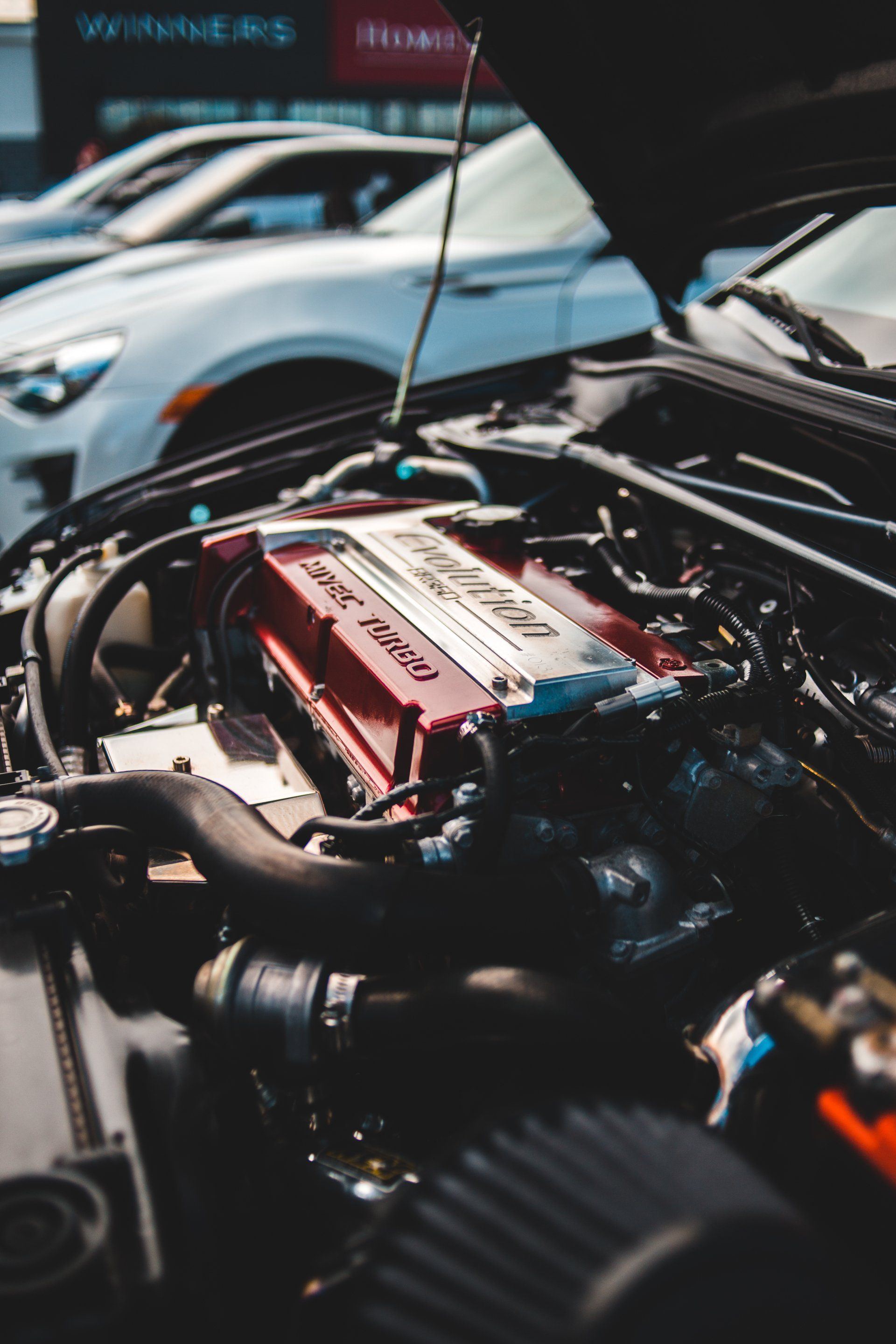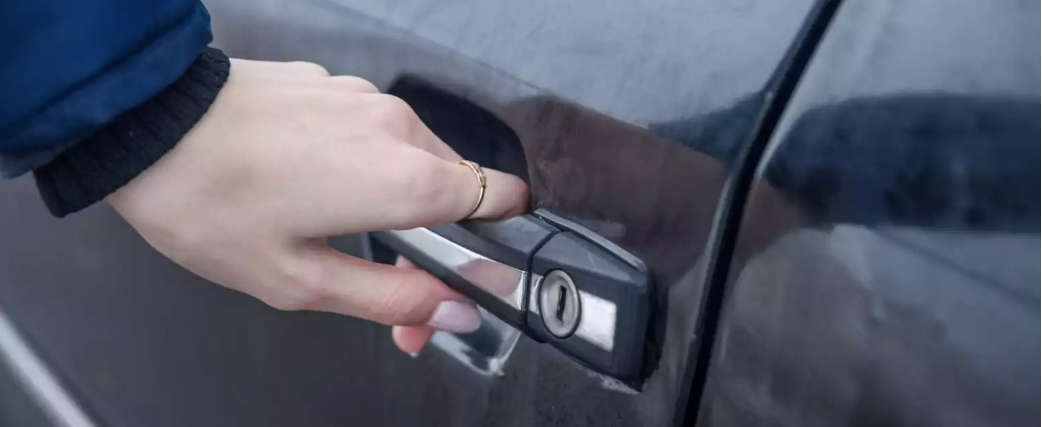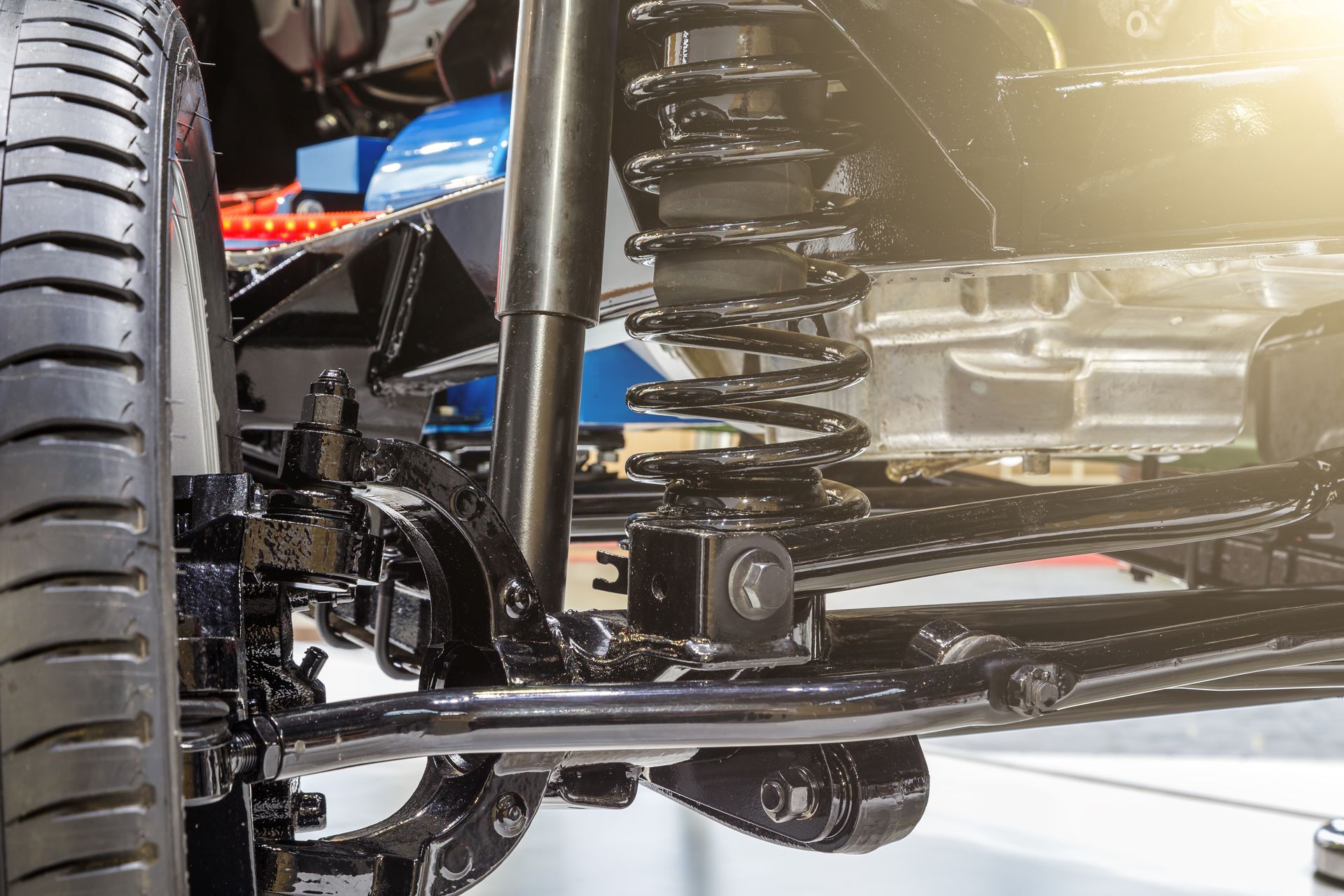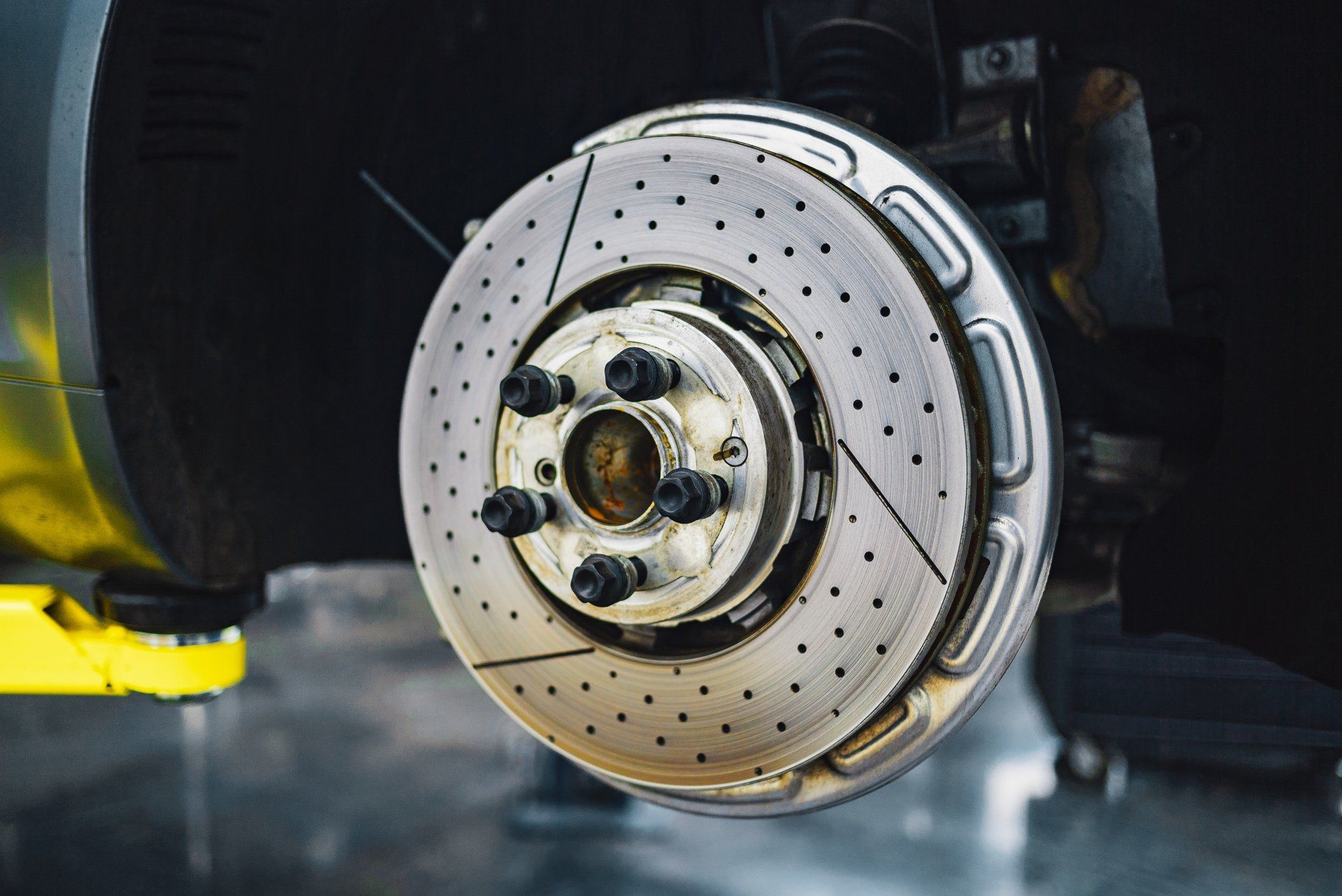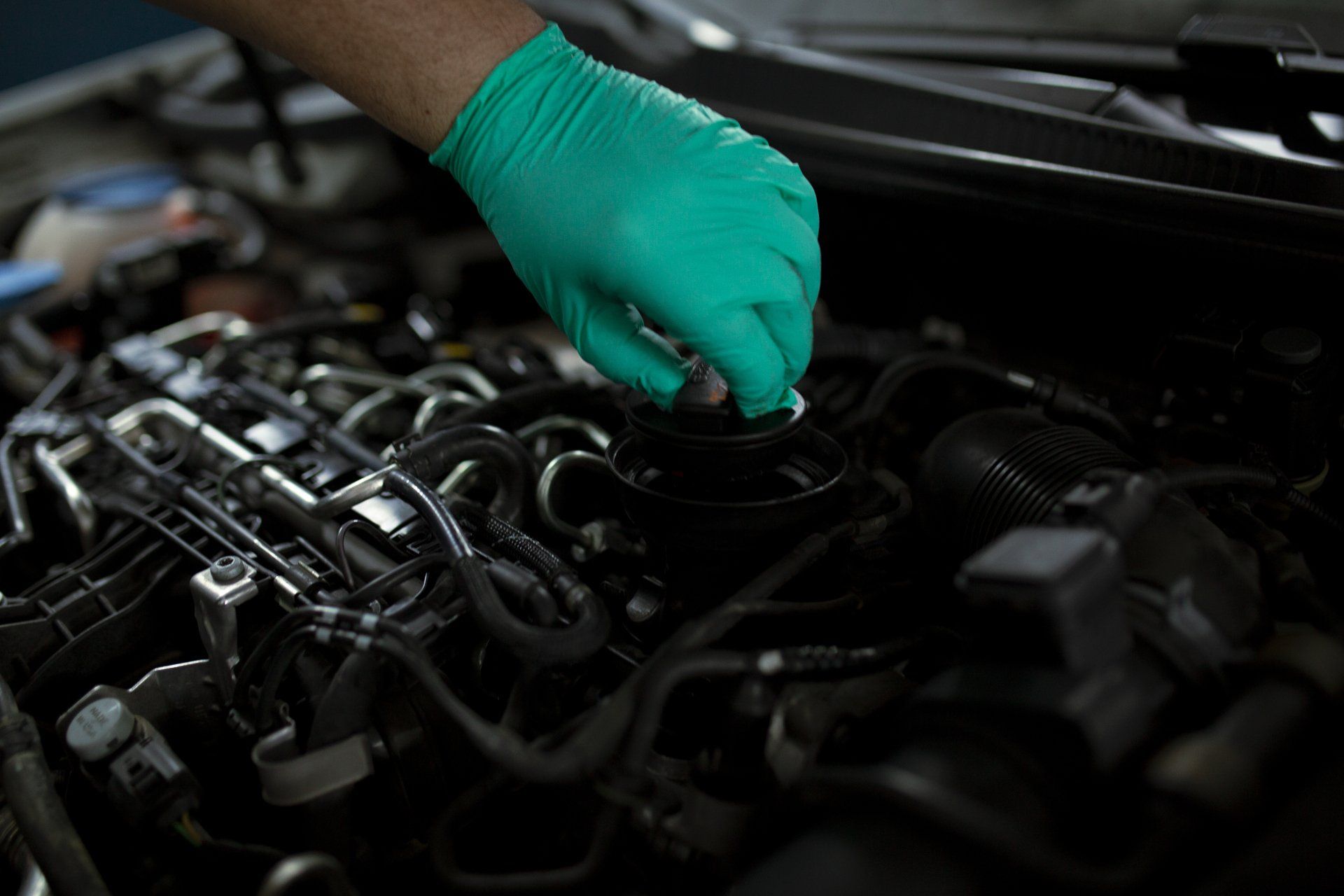Our Blog
Prime Auto Repair in Wheat Ridge:
Denver's Quality Automotive
Denver's Quality Automotive
Mon-Fri: 7:30am-6:00pm | Sat: 8:00am-4:00pm
Services
List of Services




Services
List of Services
© 2024 Denver's Quality Automotive. All Rights Reserved | Website managed by Shopgenie
